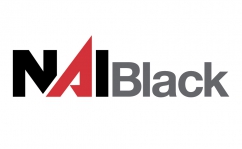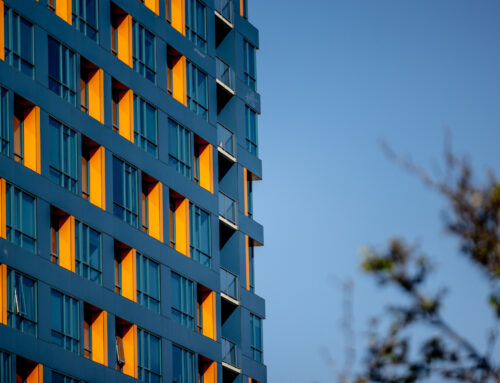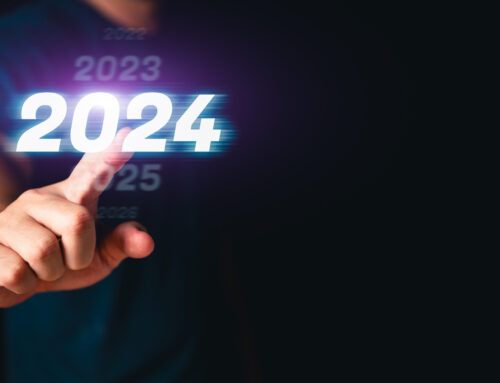Over the past few years, the use of drone technology in the commercial sector has seen massive growth, with drones being used for everything from agriculture to law enforcement.
In the commercial real estate (CRE) context, the value of drone technology is also rapidly becoming apparent. Drones deployed for site inspections can save time and money, in addition to keeping personnel out of harm’s way. In the event of disasters and damage to premises, drone photography provides accurate images for insurance purposes and a detailed catalog of damage.
Drone detection
One of the main areas where drones add value is by enabling fast and accurate building inspections. Processes that would normally take a long time for a human team, such as surveying rooftops, can be completed in a single programmed flyover. There is also potential for the technology to be deployed for façade inspections and other critical, but time-intensive, maintenance operations.
The advantage of using drones for these tasks is that they can access areas that are difficult, or even dangerous for human crews. And they do it in a fraction of the time.
When equipped with the appropriate hardware, like thermal imaging cameras, drones can also check on a building’s heat loss profile, potential gas leaks, and even expedite operations during construction, all while making the overall project more sustainable.
Easing insurance and investment
Drone surveys can also add value during dealmaking, with detailed drone imagery that lowers investment risk when properties are changing hands. With a flyover, it becomes a matter of a few minutes to figure out whether a property shows signs of external structural issues. The task of valuation also becomes easier, allowing property sales to proceed smoothly.
As a recent Wall Street Journal article points out, there’s also been wide-scale adoption of drone technology in the insurance industry. The use case here is rapid assessment of claims and the ability to respond to critical situations, such as assessing property damage after a natural disaster.
Quoted in the article, Travelers Insurance VP, Jim Wucherpfennig, puts it like this:
“The technology allows us to write damage estimates more quickly for our customers, pay them more quickly, so that they can begin the repairs to their property and get back on their feet.”
As with maintenance inspections, he adds that deploying drones to these sites ensures that claims professionals are kept out of harm’s way in potentially dangerous areas.
Smart glasses and CRE
A second technology that is gaining traction for site inspections is Augmented Reality (AR) “smart glasses”. In essence, smart glasses allow the user to combine what they are seeing in the real world with superimposed virtual tools, making it easier to measure and quantify key parameters during construction and development.
As an example, on a building site, an inspector equipped with smart glasses could take measurements just by looking at a doorframe or window and then compare their findings to virtual plans. They would also be able to photograph, record and stream what they’re seeing, ensuring no details are missed during an inspection.
Like drones, smart glasses also enhance on-site safety. In this case by ensuring personnel can focus on what’s in front of them, rather than the tablet or smartphone in their hand.
Though it’s still early days for this technology, the market appetite for smart glasses is increasing across a range of commercial applications, and advances in this area are certainly worth keeping an eye on.
Human expertise
What’s important to bear in mind is that these technologies don’t negate the need for human intervention. Rather, they shift the human element to the controller’s seat.
The photographic surveys undertaken by drones, for example, still need to be interpreted by human experts. Similarly, the video feed from a pair of smart glasses still streams back to the team at the office, who are then enabled to support decision-making processes at the site. So instead of replacing human expertise, these technologies supplement it, providing the means to optimize routine operations. For CRE professionals, these technologies offer another tool to add to the toolbox. And some extra options for making deal negotiations as smooth and seamless as possible.






